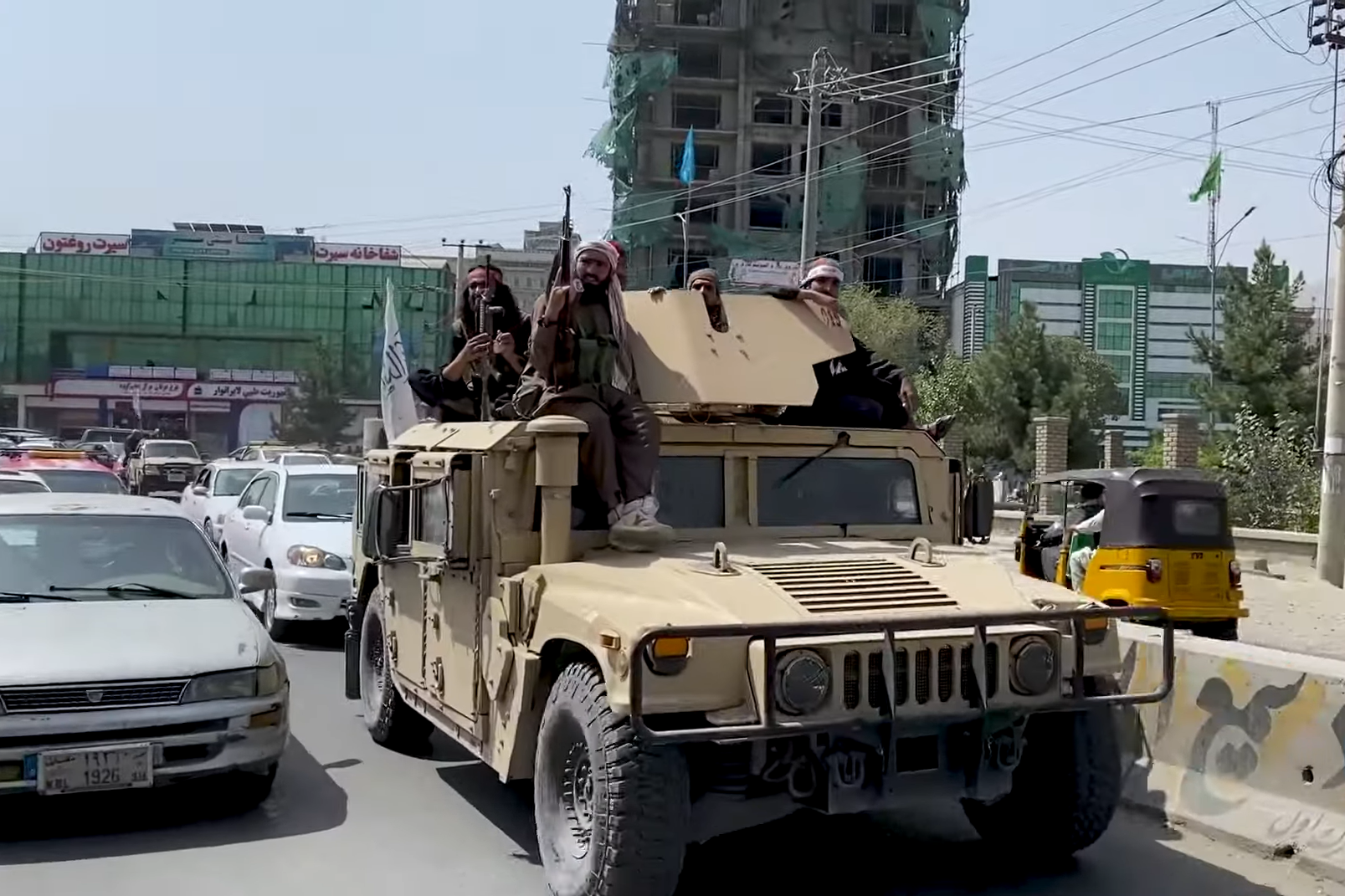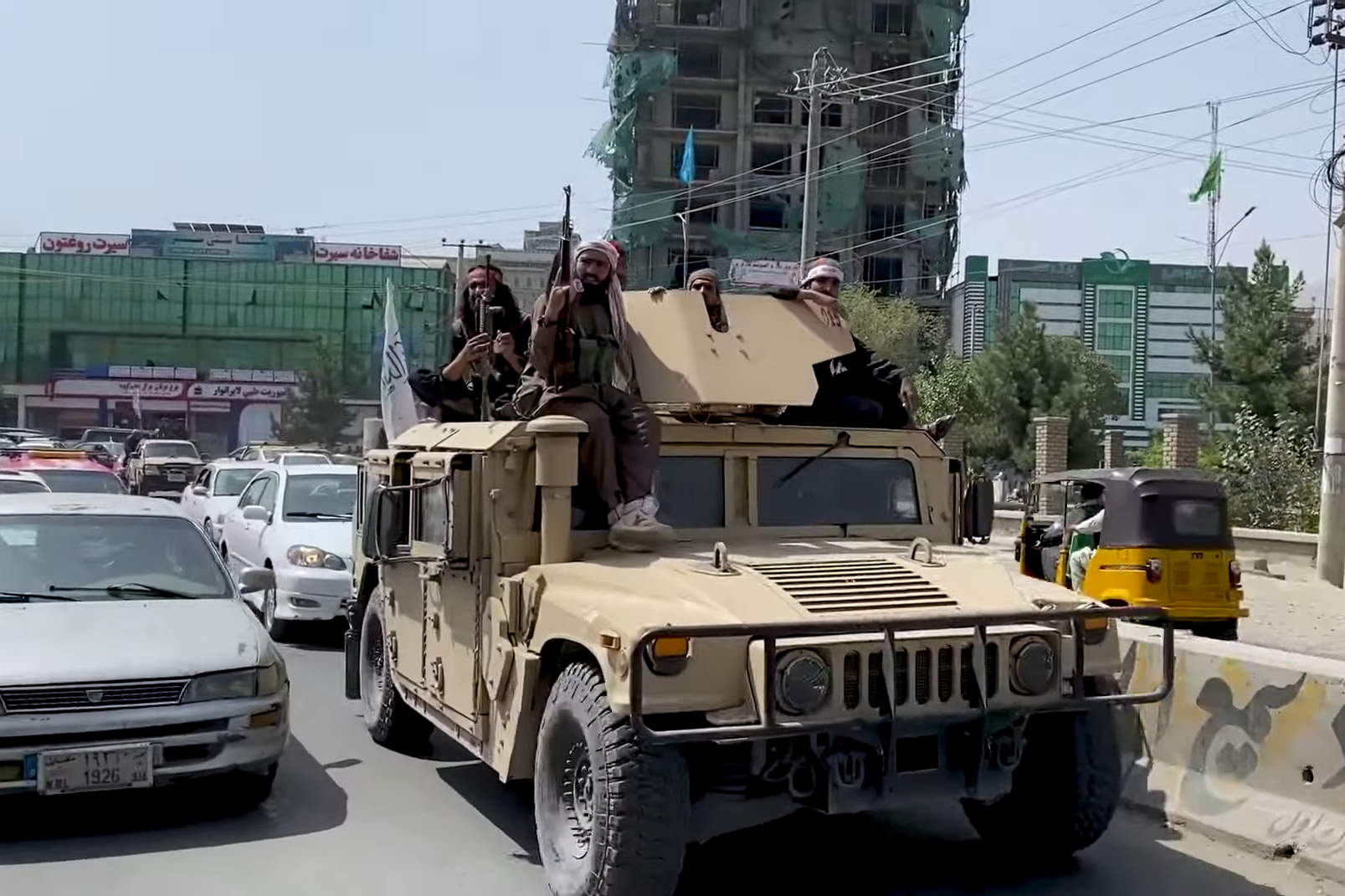- When Science Meets Crime: The Rise of BioTech Fraud in China - April 22, 2025
- How Sports Betting Is Fueling a New Era of Crime Networks - April 10, 2025
- The Dark Side of Influencer Parenting: The Case of Ruby Franke - April 8, 2025
The Middle East: The Epicenter of Extremism

The Middle East has long been a volatile region, often referred to as the epicenter of extremist activity. Groups like ISIS and Al-Qaeda continue to exert influence, thriving amidst ongoing conflicts and political instability. According to the Global Terrorism Index 2023, Iraq and Syria remain among the most affected countries, with thousands of fatalities reported annually due to terrorist acts. The complex web of political alliances, sectarian divisions, and foreign interventions creates fertile ground for these extremist groups to recruit and radicalize individuals. In this chaotic environment, promises of belonging and purpose can be alluring, drawing in those who feel disenfranchised. As long as these conditions persist, the Middle East will likely remain a hotspot for extremism.
Africa: The Rise of Jihadist Groups
Africa, particularly the Sahel region, has witnessed a troubling rise in jihadist groups. Countries like Mali, Burkina Faso, and Niger are grappling with increasing violence from groups affiliated with Al-Qaeda and ISIS. The United Nations reported over 4,000 deaths in the Sahel due to terrorist attacks in 2022 alone. The vast, ungoverned spaces and porous borders in these regions allow extremist groups to operate with relative impunity. Local grievances, such as ethnic tensions and government corruption, are often exploited by these groups to gain support. The international community has recognized the urgent need for intervention, but efforts have been hampered by logistical challenges and political complexities.
South Asia: The Taliban’s Resurgence

The Taliban’s resurgence in Afghanistan following the U.S. withdrawal in 2021 has reignited concerns about extremism in South Asia. The Taliban’s return to power has been marked by accusations of harboring terrorist organizations like Al-Qaeda. This development poses a significant threat to regional stability, as these groups could use Afghanistan as a base for operations. Reports indicate that the Taliban’s control has led to a resurgence of violence, with attacks on civilians and minority groups increasing. Neighboring countries, such as Pakistan and India, are particularly concerned about the spillover effects of this instability. The situation underscores the need for a coordinated international response to address the root causes of extremism in the region.
Europe: The Threat of Homegrown Terrorism
Europe faces a growing threat from homegrown extremists, particularly those inspired by jihadist ideologies. The European Union’s Terrorism Situation and Trend Report 2023 revealed over 1,000 terrorist incidents in Europe last year, many linked to radicalized individuals. Countries like France and Germany have implemented stricter counter-terrorism measures in response to this alarming trend. The challenge lies in balancing security with civil liberties, as governments seek to prevent radicalization without alienating communities. Social integration and addressing socio-economic disparities are seen as crucial components in combating homegrown extremism. The complexity of the issue requires a multifaceted approach, involving law enforcement, community leaders, and policymakers.
North America: The Rise of Domestic Extremism
In North America, domestic extremism has become a pressing concern, particularly in the United States and Canada. The Federal Bureau of Investigation (FBI) reported a significant increase in hate crimes and violent extremism, especially among far-right groups. The Anti-Defamation League noted over 400 incidents of extremist violence in 2022, highlighting the urgent need for comprehensive strategies to combat this threat. Social media has played a role in the spread of extremist ideologies, allowing groups to connect and organize. Efforts to address domestic extremism involve a combination of law enforcement, community engagement, and policy reforms. The challenge is to identify and intervene in radicalization pathways while upholding democratic principles.
The Role of Social Media in Radicalization

Social media platforms have become a breeding ground for extremist propaganda, facilitating the spread of radical ideologies. Research from the Institute for Strategic Dialogue indicates that extremist groups use these platforms to recruit members and incite violence. The anonymity and reach of social media allow for the rapid dissemination of extremist content, often targeting vulnerable individuals. Efforts to combat online radicalization are ongoing, with tech companies and governments working to remove harmful content and promote counter-narratives. However, the challenge remains significant as technology evolves and extremist groups adapt their tactics. The balance between freedom of expression and preventing harm is a delicate and ongoing debate.
Counter-Terrorism Efforts: Successes and Challenges

Countries worldwide are implementing various counter-terrorism strategies to combat extremism. While some nations have seen success in reducing terrorist activities, challenges persist. The U.S. Department of State reported that despite significant investments in counter-terrorism, groups like ISIS continue to adapt and evolve. This adaptability highlights the need for governments to remain vigilant and proactive in their efforts. International cooperation and intelligence sharing are crucial components of effective counter-terrorism strategies. However, political differences and competing interests can hinder collaboration. The dynamic nature of extremist threats requires a flexible and coordinated approach, involving military, diplomatic, and developmental tools.
The Human Cost of Extremism
The impact of extremism extends beyond immediate violence, affecting communities and economies. The World Bank estimates that terrorism costs the global economy over $1 trillion annually, with millions displaced due to conflict. The human cost is profound, with families torn apart and communities living in fear. Addressing the root causes of extremism, such as poverty and lack of education, is essential for long-term solutions. Initiatives focused on economic development, social cohesion, and education can help build resilience against extremist ideologies. The international community must prioritize these efforts to prevent future generations from falling prey to radicalization.
The Role of Intelligence and Surveillance

Intelligence and surveillance play a critical role in identifying and preventing extremist activities. Agencies worldwide rely on a combination of human intelligence, electronic surveillance, and data analysis to track potential threats. However, the use of surveillance raises concerns about privacy and civil liberties. Striking a balance between security and individual rights is a contentious issue, with debates surrounding the extent and oversight of surveillance measures. Transparency and accountability are essential to maintaining public trust and ensuring the effectiveness of intelligence operations. As extremist tactics evolve, so too must the methods used to counter them.
Conclusion: A Global Responsibility
Addressing the issue of extremism requires a collective effort from the international community. Countries must collaborate to share intelligence, resources, and best practices to combat this global threat effectively. As the landscape of extremism continues to evolve, so too must our strategies to ensure a safer world for future generations. The responsibility lies not only with governments but also with individuals and communities to promote tolerance and understanding. By working together, we can build a world where extremism has no place.




